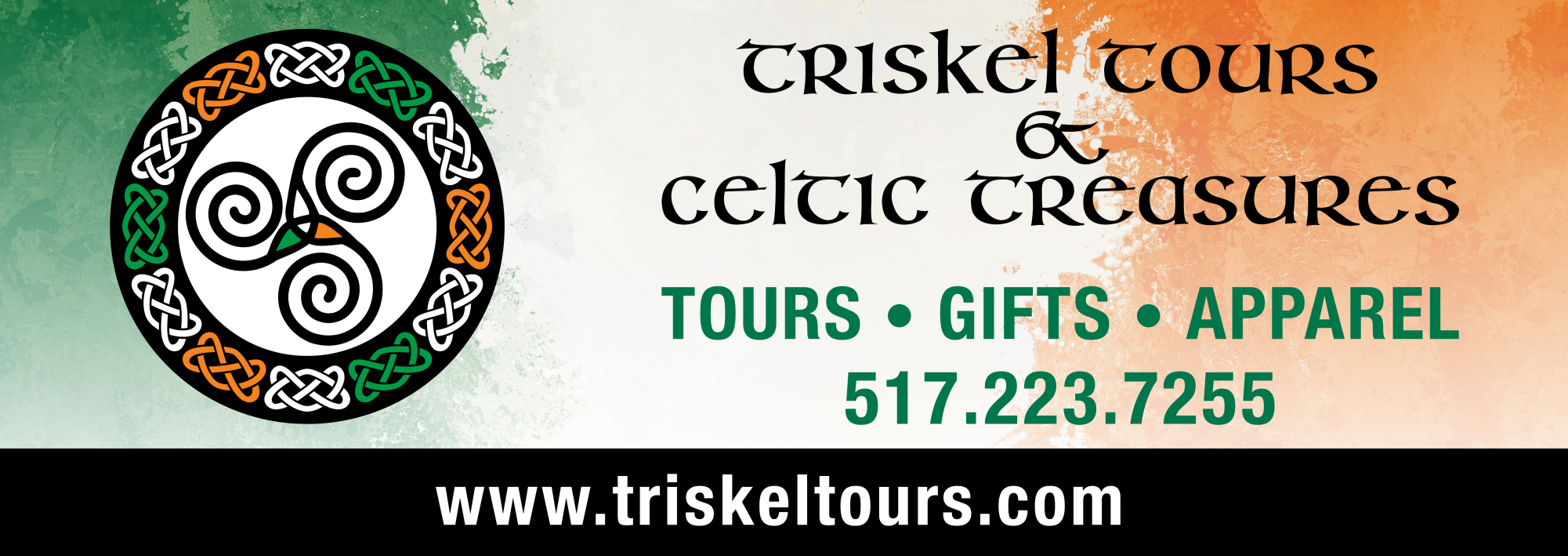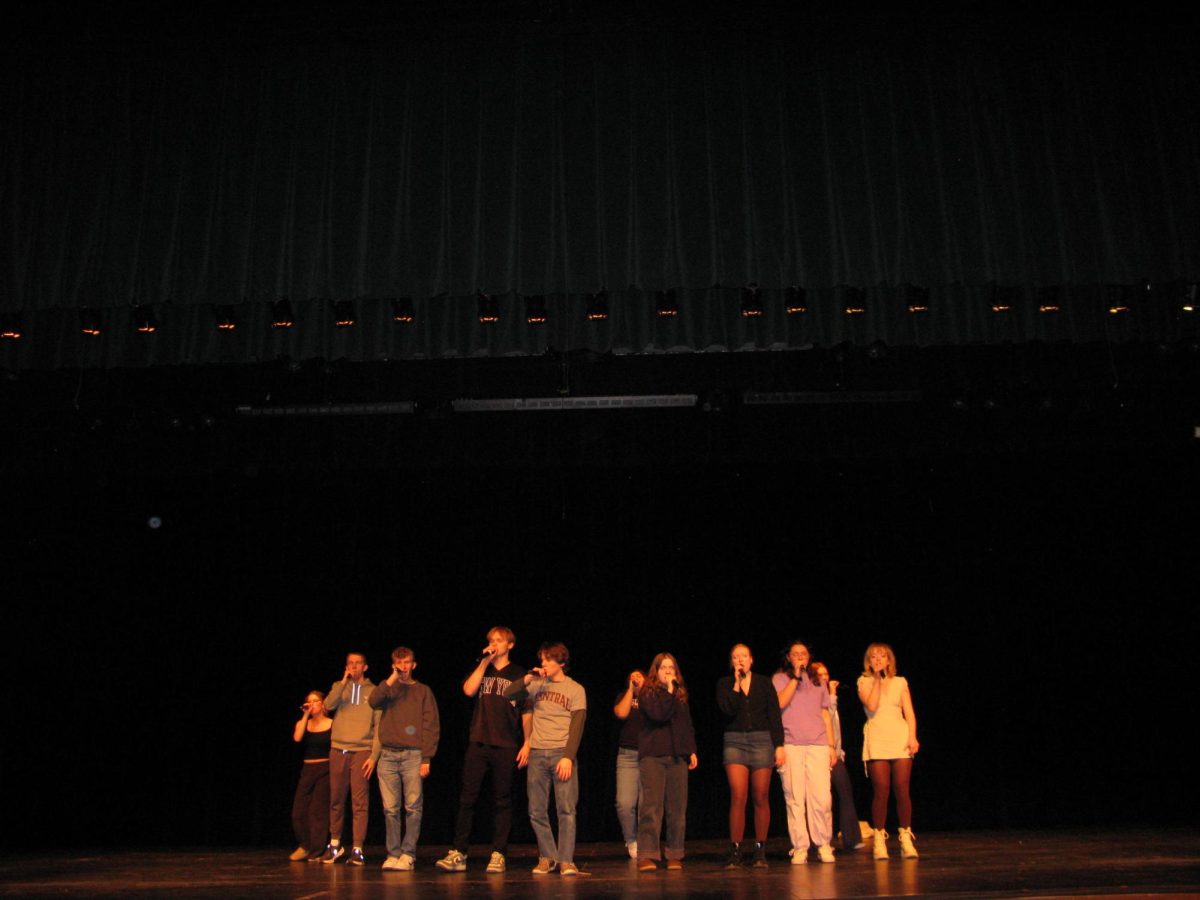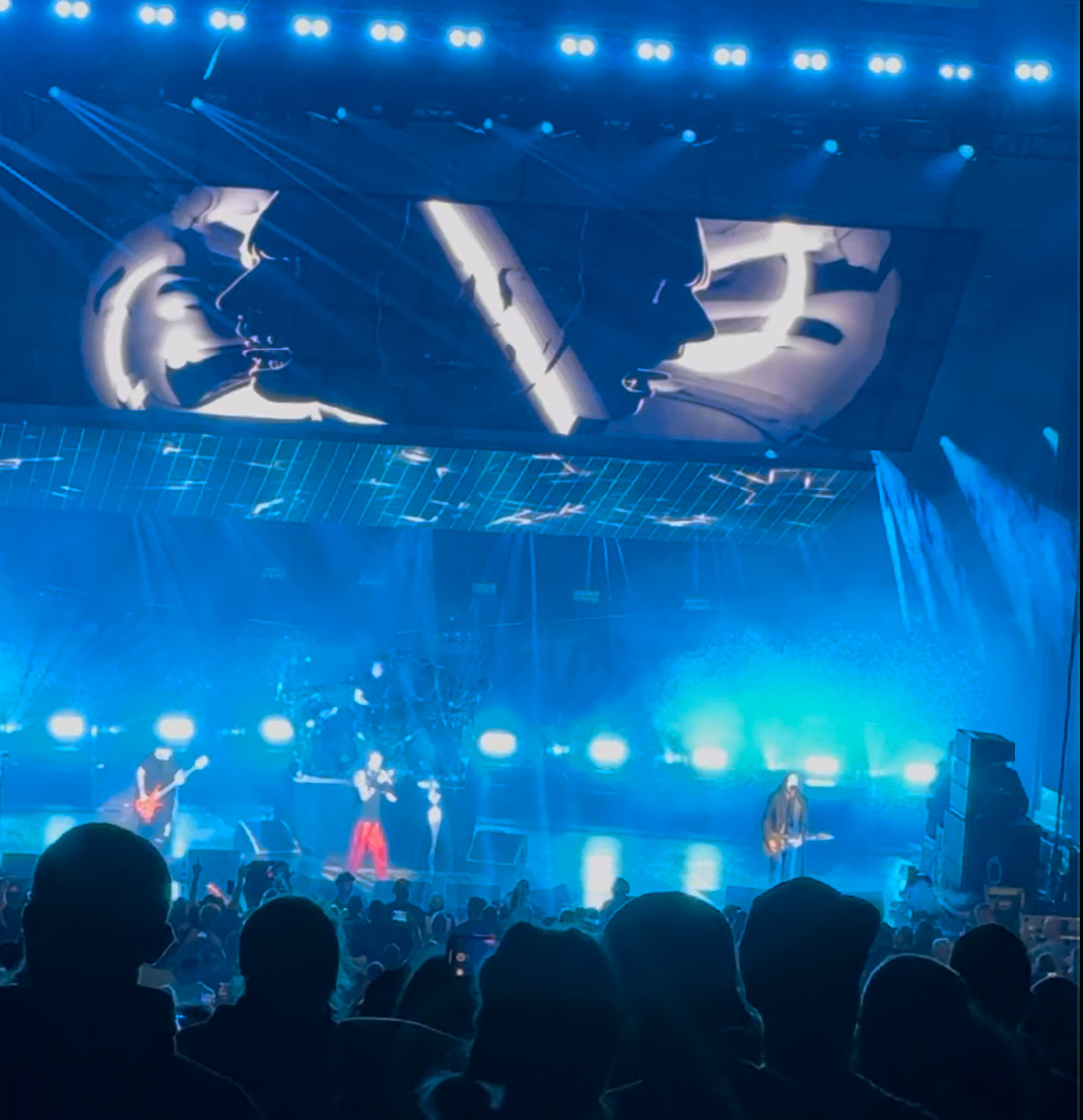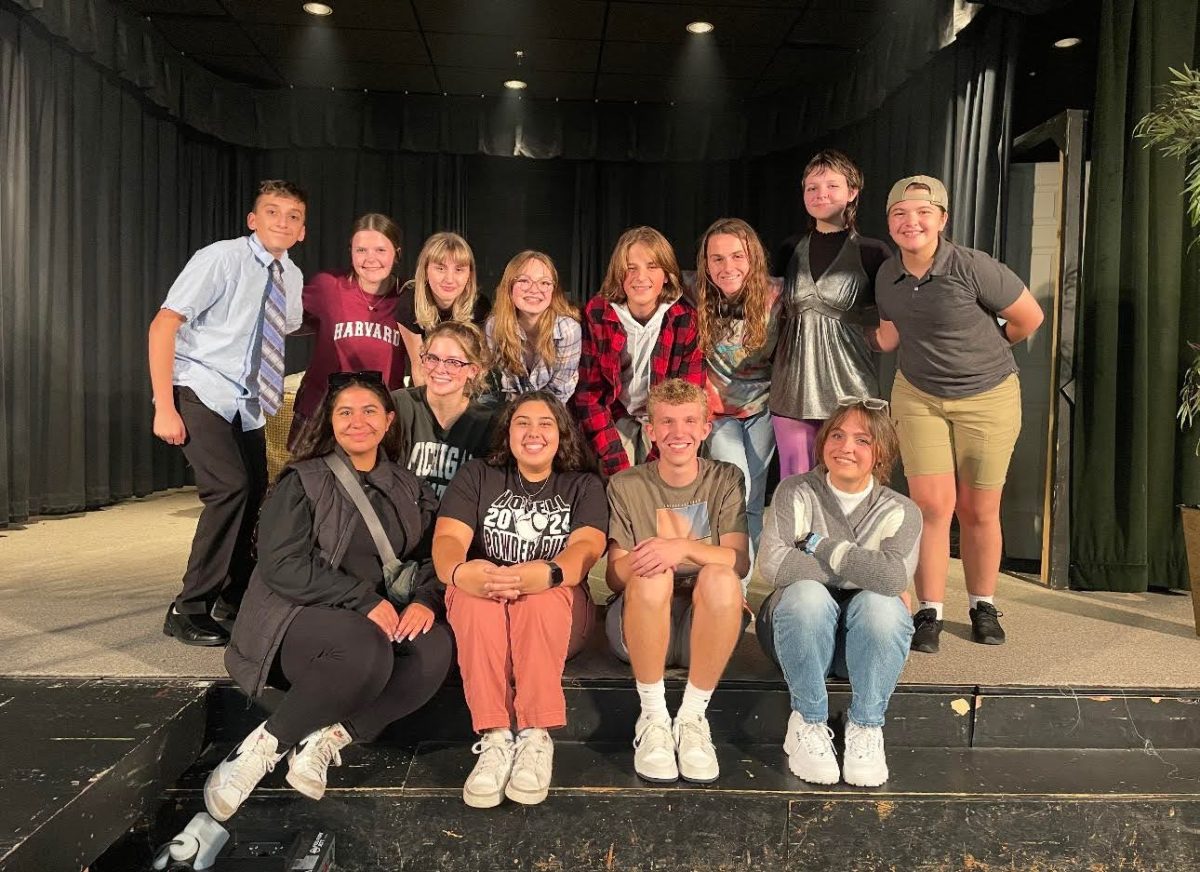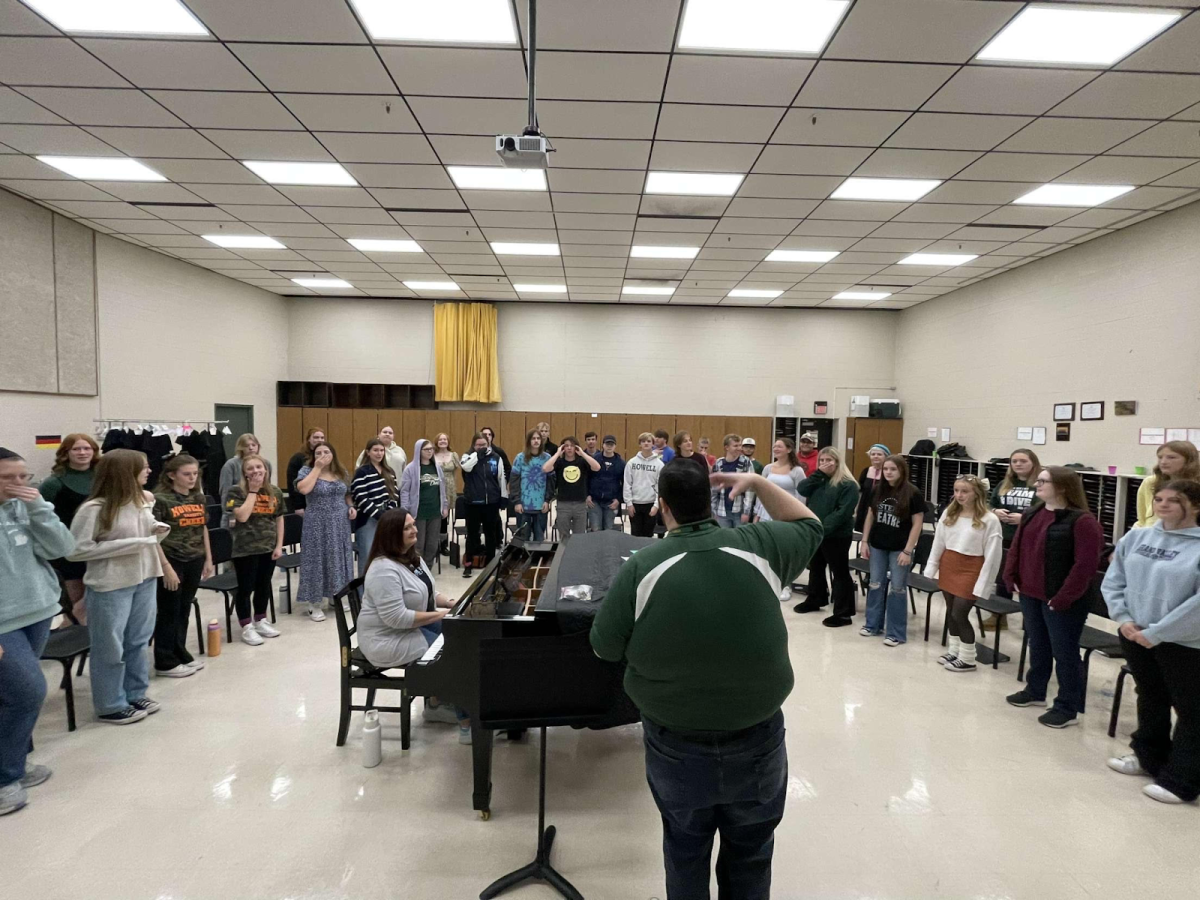By Staff Writer: Rachel Cichon
Seventy-five years after the novel was published in 1937, director Peter Jackson released the first installment of his Hobbit series, An Unexpected Journey, one of three epic films based upon a single children’s fantasy story by J.R.R. Tolkien. Jackson had previously directed another adaption of Tolkien’s works, the widely popular Lord of the Rings trilogy, a franchise that took eight years to film and blew the world away in ticket sales when it premiered.
Whether you hate the films or adore them, whether you’ve only seen commercials or have spent days of your life watching the extended editions, or whether you consider them an innovative and groundbreaking addition to fantasy literature or group them together with Harry Potter and Star Wars, you’ve heard of the franchise and know of the highly anticipated release of The Hobbit, and now its sequel, the Desolation of Smaug.
The Lord of the Rings was a beloved piece of my closest friend’s childhood, but considering the final installment was released in 2003, she forgot about her love for Tolkien’s world, Middle-Earth, after an onslaught of Twilight and Pirates of the Caribbean movies. I had never seen them, even as a child, but when she went to the movies to see An Unexpected Journey and came back raving about the film’s genius, she insisted I watch The Lord of the Rings with her.
I’ll admit I went into the series not expecting to like it, as fantasy is among my least favorite genres. To compromise, my friend promised that she would only make me sit through the very beginning, but it didn’t take long for me to get hooked and agree to watch the entire thing. Although I will admit that at the beginning I was only charmed by the ridiculously rosy cheeks of main character Frodo (Elijah Wood), I soon got deeply invested in the plot, and not long after, found myself sobbing into a half-eaten bowl of macaroni and cheese as I watched the ending of the series’ final installment.
The movies had touched me profoundly and I was nearly inconsolable, but she eventually convinced me to watch An Unexpected Journey as well, and I fell as hard for the film as she had.
That was only Febuary of 2013.
We would have to wait ten months for The Desolation of Smaug’s release.
It was agony. We passed the time reading the novels, familiarizing ourselves with the world of Middle Earth, and obsessing over the films and our need to see more Hobbit. We even took to calling ourselves after characters from the show – I’m “Frodo” in her phone, and in mine, she’s “Bilbo Baggins” the titular hobbit.
We originally planned to see The Desolation of Smaug the Friday after it was released, but our work schedules, family lives and the weather made it impossible for us to see the movie until Jan. 19, over a month later. We decided that our motivation for getting through midterms was the knowledge that we would finally return to Middle-Earth once they were over. After school, we got out as quickly as possible and hurried to the theater, planning to catch the 3 p.m. showing, only to find out that the show wasn’t actually playing until 5. We killed time at Target and Leo’s Coney Island, eagerly counting down the minutes until we could go and buy our tickets.
I was beginning to feel nervous that the movie would not live up to our expectations, and that the months of suspense had put the film onto a pedestal too high for it too actually reach.
I was so wrong.
The Hobbit is largely about Bilbo Baggins (Martin Freeman), a hobbit. Hobbits are like humans, but they are short, stout and have large, hairy feet. Most hobbits live peaceful lives that mainly only consist of eating food, and never go on any adventures, until Bilbo gets a visit from a wizard called Gandalf the Grey (Ian McKellan) and thirteen dwarves, who ask Bilbo to accompany them on their quest to reclaim their mountain home, Erebor, from a vicious dragon.
The Desolation of Smaug is a continuation of the journey begun in the first film. The dwarves face a variety of enemies, such as a horde of goblins pursuing them, enormous spiders, unfriendly elves, and the elusive dragon Smaug only glimpsed in the first film. If you think you’re prepared to see Smaug in his full glory, guess again.
All of the suspense built up in anticipation of seeing Smaug was certainly worthwhile, instead of being a cheesy villain, his intense animation and dark, scornful voice (Benedict Cumberbatch) will send chills down the spines of any viewer. I sank down into my seat, eyes widened as I marveled at this lifelike creation and wondered how Bilbo could evade certain death yet again.
In the film, Bilbo, aided by the golden ring he found in the first film that allows him to become invisible, finally begins to earn his keep with the dwarves and can be seen becoming less docile and more ferocious as the ring’s mysterious powers begin to take hold of him. Freeman does a fantastic job balancing Bilbo’s emotions between his usual jovial self – and the dark moments when Bilbo loses himself over his precious ring.
The Desolation of Smaug is almost three hours long, but the time flew by as I sat in wonder at the intricate, detailed settings, beautiful panoramic shots of snow-capped mountains and astounding special effects. Jackson’s Middle-Earth films are well-known for their superb computer animation, but Desolation of Smaug paints battle-scarred, gory goblins and majestic dragons in such a vivid and realistic way that it’s hard to believe these creatures were born of a computer screen and human imagination.
I was especially impressed with the settings of the film. It’s well-known that the movies are filmed in New Zealand and feature many shots of the country’s picturesque landscape, making even the movie’s opening panoramic feel adventurous and majestic, but work also goes into creating settings only seen in Middle-Earth. Mirkwood, the home of the woodland elves, was especially impressive, being an underground cave with elegant stairways and serene waterfalls, not to mention the most impressive throne I have ever seen, belonging to Thranduil (Lee Pace), the Elvenking.
Despite its achievements at the Box Office, the first Hobbit film was met with mixed reviews by critics – the second, however, has met with mostly positive reception. Although I’m a fan of both films, I have to agree that the second was much stronger and entertaining, which is understandable as much of the first film was spent giving necessary exposition. The Desolation of Smaug was much more fast-paced with the action unending – just when you thought the fellowship was out of harm’s way, a new challenge presented itself to the heroes.
Jackson, did, however, take some creative liberties with his film that differ greatly from the novel. I don’t necessarily object to that, as, no matter how much I’d like it too, a movie can’t match a book perfectly, but some changes seemed unnecessary. Orlando Bloom fans will appreciate the return of his Lord of the Rings character, Legolas, despite the character being completely absent from the book.
A major addition to the story was the character of Tauriel (Evangeline Lilly), a female elf and guard of Thranduil’s. She is essentially the only female lead, and I liked her addition, being a tough female who isn’t afraid to stand up against what she doesn’t believe in. Although some disagree with the relevance of her character, she will provide little girls that don’t identify with the male leads a good role model, especially since not every girl will want to wear a false beard when they dress up as Hobbit characters for Halloween.
However, there was a romantic relationship involved with Tauriel’s character that I would have preferred been left out. Firstly, I felt that it made the groundbreaking friendship between should-be enemies elf Legolas and dwarf Gimli (John Rhys-Davies) from The Lord of the Rings irrelevant, and secondly, it came entirely out of left field and was mainly formulated around a single conversation about a rock. Not to mention, one of the pair were discussing how they had promised to return to their mother, and the other expressed concern over this as they kept the former their eternal prisoner. You would think that, whether or not your prison guard was good-looking, you would prefer to leave and go home to your family, but apparently nothing says “romance” quite like “lifelong imprisonment”.
A final difference is the quest of Gandalf and fellow wizard Radagast (Sylvestor McCoy), as they journey apart from the dwarves and Bilbo to uncover a new threat, the Necromancer. The Necromancer is alluded to in the book, but was not a specific part of the plot. I liked the addition, however, as it gives a clear idea of how events from The Hobbit lead to events in The Lord of the Rings and gave the films more substance – after all, it’s not easy to scatter a single children’s book across three epic movies.
Despite my one qualm about the unneeded romantic subplot, I greatly enjoyed The Desolation of Smaug and would assure anyone that it is 161 minutes of time well spent. I’ll be waiting (impatiently) to cry my eyes out at the final installment, There and Back Again, which will be released Dec. 14, 2014.
If you haven’t gone to see Desolation of Smaug yet, hurry to the theaters and catch it before it’s released to DVD. There isn’t any experience quite like seeing Middle-Earth on the big screen.
[youtube http://www.youtube.com/watch?v=OPVWy1tFXuc]
